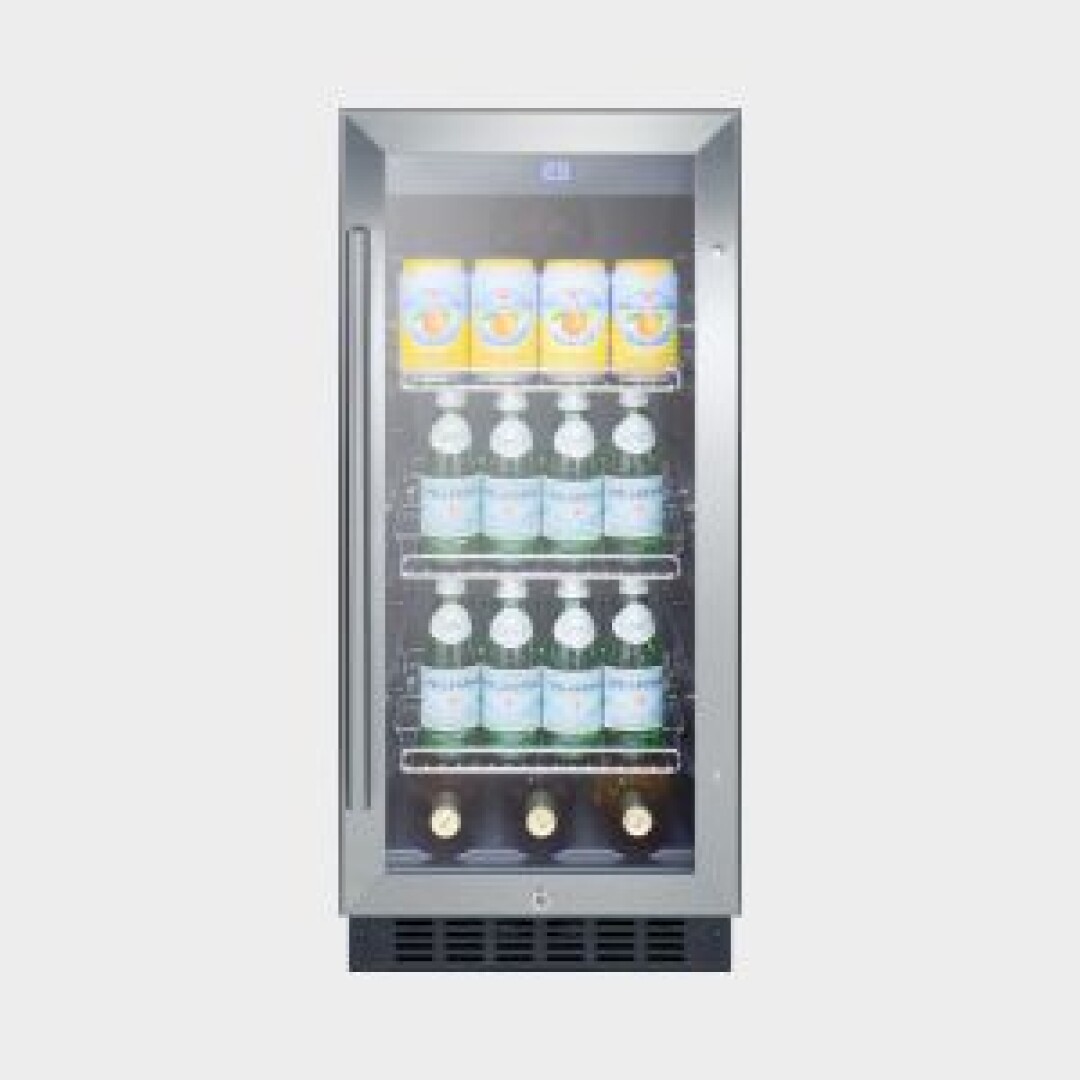Quality Freezer and Refrigeration Appliances
Choose Your Perfect Refrigerator and Freezer From Our Wide Variety of Styles and Brands.
Love Your Refrigeration
Your refrigerator is an appliance that you rely on every day to keep your food fresh. Invest in a quality refrigerator with an extended warranty for great peace of mind and value for money.
Shop Here
Shop Here
Every Style of Refrigeration
Choose from french door refrigerators, top freezer refrigerators, side-by-side refrigerators, bottom freezer refrigerators, built-in Freezers, chest freezers, and upright freezers – you'll find your perfect match.
5 Star Rated
Slyman Bros have been supplying the highest quality appliances for your home and business since 1965. We help our customers find the appliances best suited to their lifestyle. Check out our reviews

































